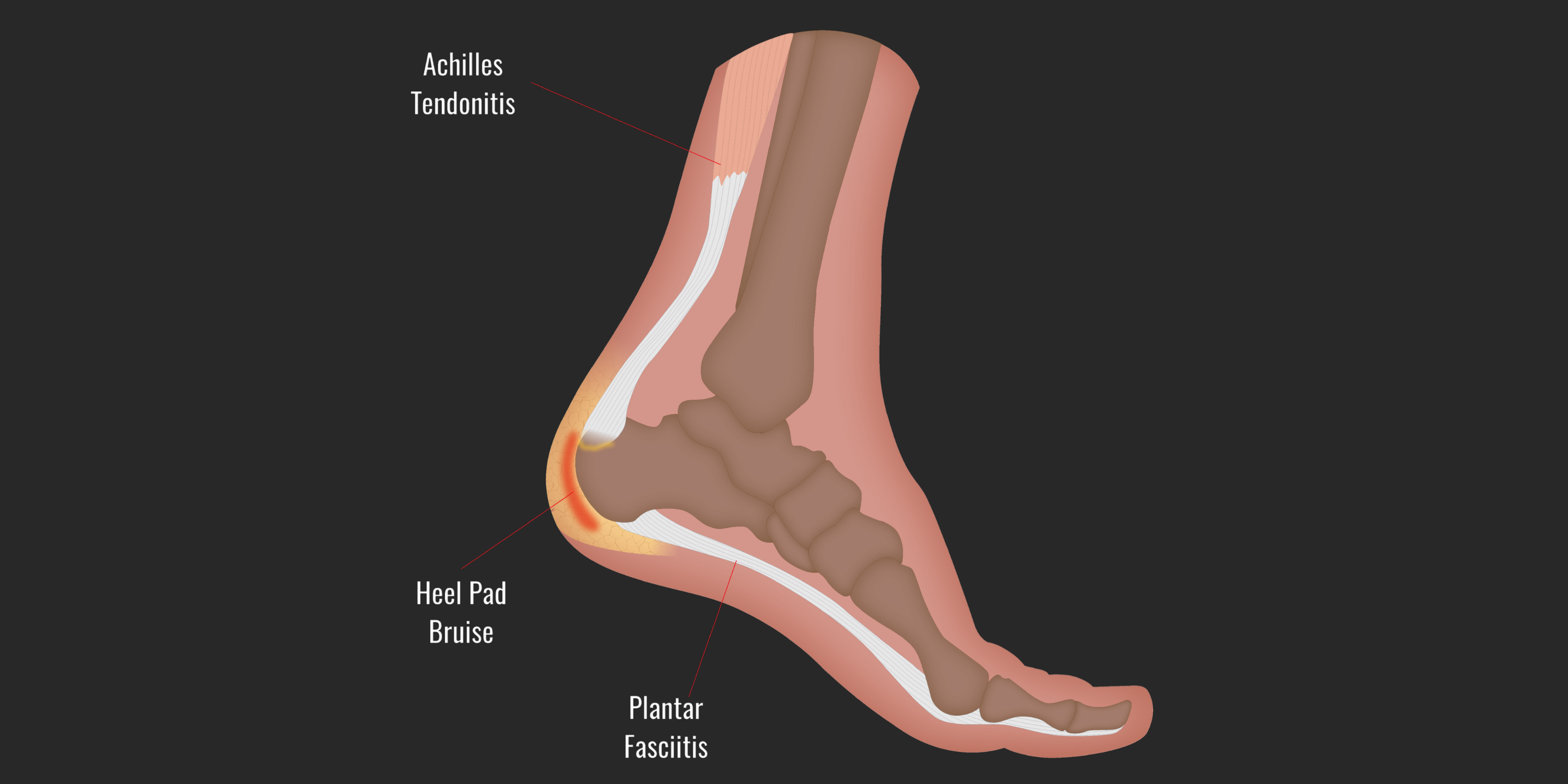
Comprender el dolor de talón
El dolor de talón es un problema frecuente entre los niños y adolescentes activos, especialmente los de 8 a 14 años, que practican deportes y actividades físicas con frecuencia. Esta afección suele deberse a un sobreesfuerzo en la zona del talón, que puede atribuirse a diversos factores, como un calzado inadecuado, una actividad física excesiva o cambios corporales relacionados con el crecimiento. El talón es un componente crítico del pie, que absorbe los impactos y proporciona estabilidad durante el movimiento, por lo que las lesiones en esta zona pueden afectar significativamente a la movilidad y el rendimiento del niño.
Entre las causas más comunes de dolor de talón se incluyen afecciones como la fascitis plantar, en la que se produce una inflamación en el tejido que conecta el hueso del talón con los dedos. Otro problema frecuente es la enfermedad de Sever, que se caracteriza por la irritación del cartílago de crecimiento del talón, y que suele observarse en niños en edad de crecimiento que practican deportes de carrera y salto. Estas lesiones suelen manifestarse como un dolor agudo en el talón, sobre todo después de periodos de actividad o después de descansar.
Perspectivas de recuperación dolorosas pero positivas
Los síntomas del dolor de talón pueden variar, pero suelen incluir un dolor sordo o agudo en la zona del talón, rigidez por las mañanas y aumento de las molestias durante las actividades físicas. Los niños también pueden mostrar signos de cojera o tener dificultades para correr, saltar o practicar sus deportes favoritos. Los padres pueden notar que su hijo evita actividades que antes disfrutaba, lo que puede resultar angustioso.
Afortunadamente, el pronóstico del dolor de talón en los jóvenes deportistas suele ser positivo. La mayoría de los casos se curan por sí solos, aunque la duración de la recuperación puede oscilar entre varias semanas y algunos años, dependiendo de la gravedad de la lesión y del cumplimiento de los tratamientos recomendados.
Las opciones de tratamiento suelen centrarse en reducir el dolor y la inflamación. El reposo y la aplicación de hielo son los primeros pasos cruciales, junto con la modificación de los niveles de actividad. Los ejercicios de estiramiento dirigidos al tendón de Aquiles y la fascia plantar pueden ayudar a aliviar los síntomas. Además, el uso de calzado de apoyo o plantillas ortopédicas puede proporcionar el apoyo necesario para evitar una mayor tensión en el talón.

Posibles causas
- Uso excesivo o actividad física excesiva
- Calzado inadecuado
- Ritmos de crecimiento en adolescentes
- Afecciones como la fascitis plantar o la enfermedad de Sever
Síntomas
- Dolor agudo o sordo en el talón
- Rigidez, especialmente por la mañana
- Molestias durante la práctica deportiva o la actividad física
- Posible cojera o evitación de ciertas actividades
- Sensibilidad a la presión alrededor del hueso del talón
Tratamientos
- Reducir el número de entrenamientos y competiciones por semana para aliviar y recuperar el organismo
- Reposo y aplicación de hielo
- Ejercicios de estiramiento para el tendón de Aquiles y la fascia plantar
- Calzado de apoyo o plantillas ortopédicas
- Cuñas amortiguadoras para el talón
- Retorno gradual a la actividad con rutinas adecuadas de calentamiento y estiramiento
Aviso legal: No es un consejo médico
El contenido de este sitio web tiene fines únicamente informativos y no sustituye el asesoramiento, diagnóstico o tratamiento médico profesional. Siempre consulta a tu médico o a un profesional sanitario cualificado ante cualquier duda sobre una condición médica o lesión.
Aunque procuramos mantener la información precisa y actualizada, no garantizamos la integridad, exactitud o fiabilidad de los contenidos. El uso de esta información es bajo tu propia responsabilidad.
En caso de dolor agudo, síntomas persistentes o emergencia médica, acude inmediatamente a un profesional de salud o llama a los servicios de emergencia.
Recommended Rehband Products

Fascitis plantar
La fascitis plantar es una de las causas más comunes de dolor de pies y/o talones. Se trata de una sobrecarga e inflamación de la fascia plantar, el tejido que recorre la parte inferior del pie y conecta el hueso del talón con los dedos. Más información sobre los síntomas, las posibles causas y el tratamiento.

Periostitis
Descubra información esencial sobre la periostitis, incluidas sus causas, síntomas y tratamientos eficaces. Aprende cómo afecta esta lesión común de la parte inferior de la pierna a los deportistas, en particular a los corredores y saltadores, y encuentra estrategias de prevención y recuperación para mejorar tu rendimiento.

